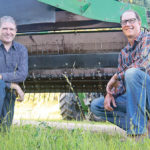Swathing isn’t the preferred method of drying down a crop. But if desiccants disappear, swathing may again become the norm, prompting a flurry of development in swather technology. Aerow is attempting to stay one step ahead of that flurry. The name Aerow comprises two base words — “aerate” and “row”. And that’s exactly what Aerow […] Read more
 Crop Management
Crop Management
Europe still has an MRL for diquat, U.S. a concern
In May 2018, the European Commission banned the use of diquat. Diquat is the active ingredient in Reglone, a popular desiccant for pulse growers in Western Canada and a useful tool for European farmers, before the prohibition. The EU ban wasn’t immediate. Diquat products had to be off the market by July 31, 2019, and […] Read more

New website tracks Prairie insect pests
Keeping an eye on potentially costly, crop-eating insects just got easier for grain and oilseed farmers. Crop producers across the West can now access pest information and insect risk maps through a new website, www.prairiepest.ca. The website was launched July 10 by the Prairie Pest Monitoring Network (PPMN). “We are really excited to be launching […] Read more
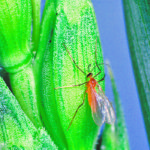
Wheat midge thrives in cool, wet conditions
The insect requires ample moisture early in the spring to complete its life cycle and produce a new generation of adults
There’s never a dull moment for a prairie entomologist, especially one that works in a province like Saskatchewan, where the growing season is short and the bugs can be, well … a wee bit vigorous during the short summer season. In some regards, the 2020 growing season has been relatively quiet as far as costly […] Read more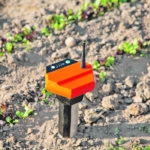
Independent probes take the measure of the soil
There are numerous agronomic services that use satellite data to see what’s happening in real time in broad acre crops, and most of these services also allow for multiple data sets to be included through open API (application programming interface) infrastructure. However, Teralytic soil sensor probe gives the company a niche compared to most companies […] Read more

Electric truck may fit farming needs
Electric vehicles under development or already being sold in North America are typically meant for urban environments and have limited use off high-grade roads. But there are exceptions, including Bollinger Motors 614 horsepower electric four-by-four Class 3 truck, which has 668 pound-feet of torque. It has 15 inches ground clearance, the ability to lock front […] Read more
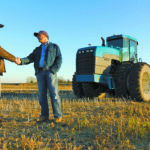
COVID-19 forces farmers to go digital
COVID-19 has interrupted the face-to-face contact farmers traditionally enjoyed with their agronomists, suppliers and equipment dealers. Although not as efficient, all parties have come to rely on digital communications daily. Five months ago, communications tools such as live chat and video conferencing for the farm would have been considered silly by most. Not so silly […] Read more
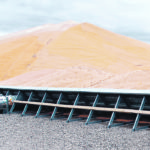
Portable grain storage circle simplified
Low oil prices decimated demand for ethanol grains. COVID-19 decimated demand for livestock feed grains. That means if the 2020 crop is near average, it could spark big demand for temporary grain storage. Nobody likes to invest in temporary shortage, but it’s one of those things you can’t do without, like a tractor. With that […] Read more
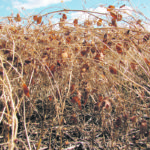
Desiccants still on the table — for now
Rules are not relaxed just because you’ve given an old product a new task, ensuring the crop is right for harvest
The use of desiccants in pulse harvest is coming under increased scrutiny, as are chemicals used to create uniform pre-mature dry-down. But for now, desiccants are still on the table. Keep in mind that a desiccant is nothing more than a herbicide with a different job. In addition to the unique role you are now […] Read more
Pulse groups research dog food charge
Pulse producers, exporters and other pulse industry groups in the United States are hoping to raise US$1 million to shed light on what they consider a bogus link between pet foods that contain pulses and dilated cardiomyaopathy (DCM), a rare heart defect that affects dogs. The DCM research fund campaign is aimed at uncovering the […] Read more

 Crop Management
Crop Management